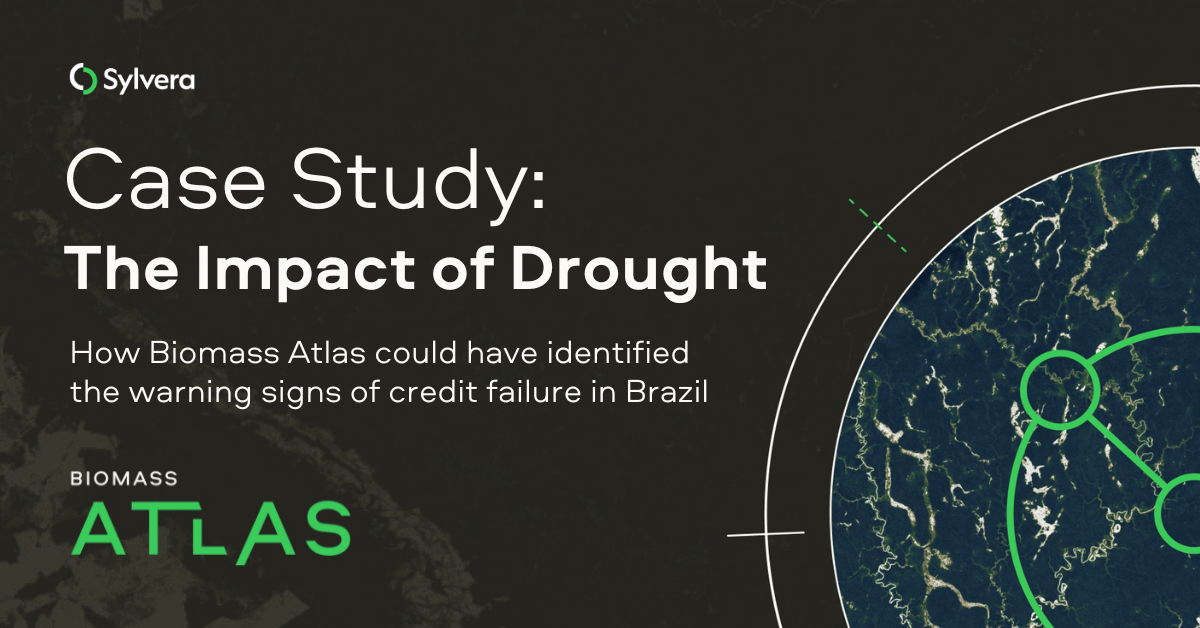“Over the years we’ve invested significantly in our field data team - focusing on producing trusted ratings. While this ensures the accuracy of our Ratings, it doesn’t allow the scale across the thousands of projects that buyers are considering.”
For more information on carbon credit procurement trends, read our "Key Takeaways for 2025" article. We share five, data-backed tips to improve your procurement strategy.

One more thing: Connect to Supply customers also get access to the rest of Sylvera's tools. That means you can easily see project ratings and evaluate an individual project's strengths, procure quality carbon credits, and even monitor project activity (particularly if you’ve invested at the pre-issuance stage.)
Book a free demo of Sylvera to see our platform's procurement and reporting features in action.
Sylvera has contributed to the World Bank’s new report, “Digital Monitoring, Reporting, and Verification Systems and Their Application in Future Carbon Markets”. Using six case studies, the report looks at new technological solutions for the challenges facing carbon markets, from the quantifying of emissions to coordination of data. It also explores how policy and regulation can support this innovation.
Sylvera’s case study (pages 43-47) details how we use innovative technologies to map forest biomass and carbon with unprecedented coverage and accuracy. It also explains how we use this data both for our carbon credit ratings, and for wider novel climate solutions such as supporting jurisdictional forest crediting.
3 technologies featured in the report that have revolutionised Sylvera’s approach to forest monitoring:
1. Remote sensing
We use multispectral satellite data, including optical data from satellites and topographical ranging data from the Global Ecosystem Dynamics Investigation LiDAR instrument on board the International Space Station. This data has global coverage, with spatial resolutions that vary from 10 - 30 m. Data is calibrated and pre-processed to reduce artefacts and achieve a clear image for each region.
2. Deep learning
Deep-learning models interpret optical satellite images and apply a binary “forest/ not forest” mask, considering the local definition of forest. These models can then be used to track forest cover in project areas, as well as reference and leakage areas, over time.
3. Multi-scale lidar
Inferring reliable pixel-wise above-ground biomass values from satellite data requires accurate on the ground data to calibrate the machine learning models. Sylvera gathers biomass data using multi-level LiDAR scanning and volumetric tree modeling. Terrestrial LiDAR scanning maps vegetation across sample plots to millimetre detail, collecting about 400,000 data points per sqaure meterThis is scaled up using drone-mounted, unoccupied aerial vehicle-based LiDAR scanning 1,000 ha and upwards of 50,000 ha in slow- and fast-flying configurations.
D-MRV is essential for scaling carbon markets
This is a critical point for carbon markets, with unprecedented demand and increasing scrutiny. D-MRV has the potential to unlock many more sources of carbon credits, therefore providing much-needed climate finance across the world. It also allows for greater transparency and integrity, helping market participants be sure that their investment in carbon markets is having a genuine positive impact on the climate. We are proud to be part of this transition, and through participating in projects such as this we hope to help raise the profile of D-MRV in carbon markets and accelerate progress towards a net zero world.















